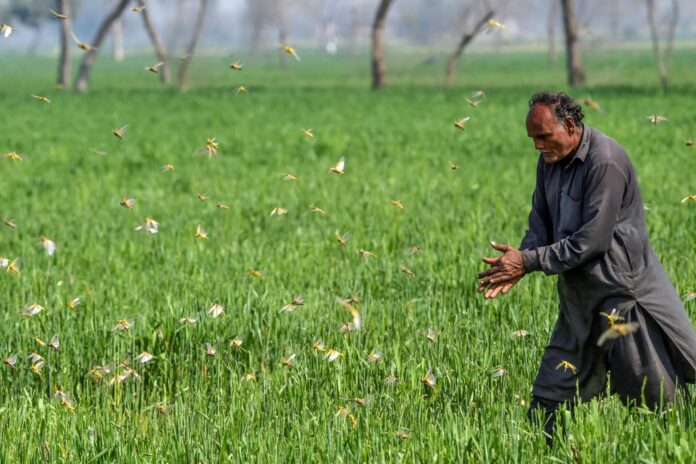This season, the total demonstrative area of maize-soybean strip intercropping technology in Pakistan has surged to over 400 acres, about 2.67 times that of last autumn.
Besides, more types of crops are being included in the intercropping system including wheat-soybean and sugarcane-soybean intercropping.
Now, harvesting is going on in the demonstration plots, which is expected to achieve promising results soon.
“Last season, more than 200 farmers have used our technology, and the number is still rising day by day. Farmers are quite satisfied with the results. They are contacting us and want to adopt the technology on more land,” Dr. Muhammad Ali Raza, Director of National Research Center for Intercropping, IUB and post-doc of Sichuan Agricultural University (SAU) told CEN.
Maize-soybean strip intercropping technology was introduced from Sichuan Agricultural University, China to Pakistan in 2018. This advanced Chinese technology makes better use of available space to increase the amount of crops that can be harvested on the same area of land as soybean production is like an added ‘bonus’, which has been helping Pakistan ease soybean shortage and cut down soybean imports since four years ago.
Most significantly, this season, a new intercropIping specific soybean line has been developed by Dr. Muhammad Ali Raza and Dr. Zaheer Ahmed, incharge Soybean Lab at University of Agriculture, Faisalabad (UAF). It is learned that the new soybean line can easily produce soybeans of 480 to 720 kg per acre in intercropping system, while the production of other soybean varieties only stagnates from 200 to 400 kg per acre.
“This season we planted new soybean line with intercropping technology and harvested the plants. We’re happy seeing this soybean line full with pods,” Dr. Muhammad Ali Raza said with confidence.























